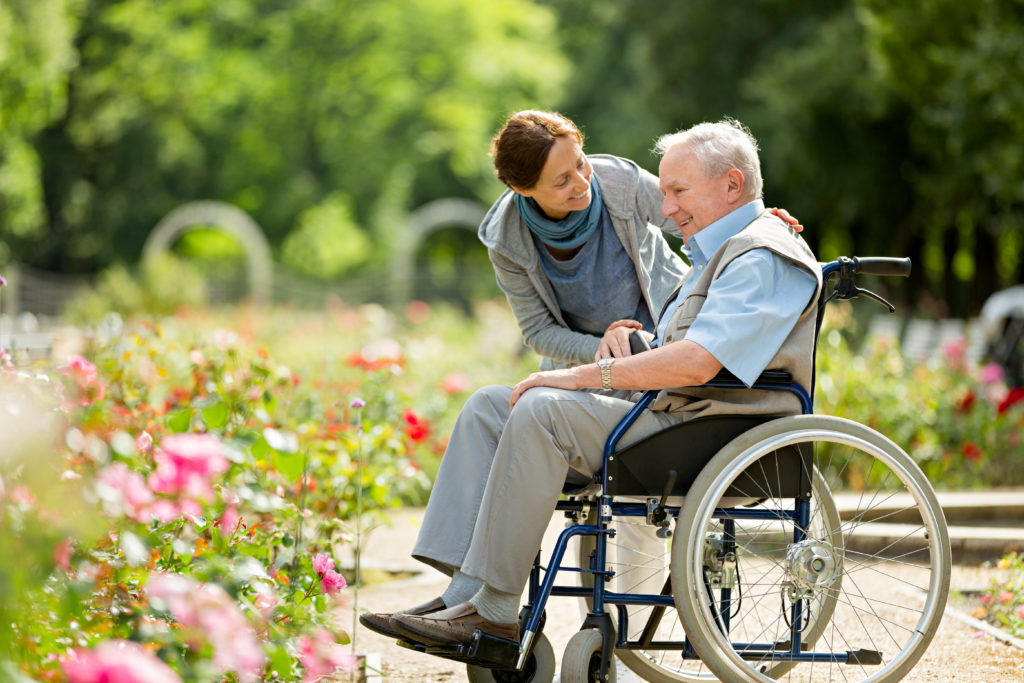
In Oxford and elsewhere around the country, summer is fast approaching, and that means there will be opportunities for all kinds of outdoor activities like cookouts, gardening, picnics, trips to the beach, and even walks around town. All these things can be very healthy activities since they include some amount of exercise, and it’s always good to get some exposure to the sun, which is a source of Vitamin D for humans. Since May is Skin Cancer Awareness Month, some thought and care should be given at the same time to prevent excessive exposure and the development of skin cancer. Senior home care professionals may be aware that there are five million cases of skin cancer treated every year in the US, but they are aware that their charges need to be protected when outdoors for longer than 15 minutes. With more people living longer lives these days, it becomes even more important to be aware of the potential for seniors to be afflicted with skin cancer.
Recommendations from the CDC
The Centers for Disease Control tell us that less than half of all seniors who go outside for at least an hour take the time to protect their skin against the rays of the sun. Yet, seniors are by far the largest age group affected by skin cancer, and that necessitates treatment in the range of $8 billion annually. In fact, the number of skin cancer cases sustained by the elderly is more than all other age groups combined each year, and that’s a big reason for the huge amount of money spent on treatment. The CDC recommends that protection from the sun’s ultraviolet rays be made part of a daily routine when an active senior plans to spend significant time outside. Here are some of the precautions that should be taken when you take your senior loved one outside for an activity:
- make sure to use sunscreen rated at 30 SPF or greater
- wear a wide-brimmed hat that prevents sun rays from impacting the face and neck
- try to remain in the shade as much as possible
- women should wear dresses or slacks that are floor-length to protect their legs and ankles
- both men and women should wear long-sleeved shirts to protect the arms
While some of these precautions may not be comfortable in extremely warm weather, they are certainly better able to deflect harmful ultraviolet rays and protect against skin cancer. Each time a senior will be outdoors for more than an hour, these precautions should be taken so as to ensure that there’s no chance of contracting skin cancer.
Facts about skin cancer
Most people are not aware that your skin can be harmed by the sun’s ultraviolet rays in as little as 15 minutes outside, especially on days that feature brilliant sunshine. Keep in mind that it isn’t really the temperature that is most harmful to the skin, but it’s the ultraviolet rays of the sun, and these are present at any temperature. Even on days that are cool and cloudy, the ultraviolet rays find their way through to the earth’s surface to burn unprotected skin. If you’re planning an outdoor activity with a senior loved one, make sure they have adequate protection, even when it’s not particularly sunny outdoors.
There are several risk factors that make a person more prone to developing skin cancer, advanced age is one of them. You’ll need to be doubly vigilant with your elderly loved one if they have any other risk factors. Some of these include blonde hair and blue eyes, having certain kinds of moles, light-colored natural skin, skin that easily burns or is prone to freckles, and a family history of skin cancer. If any of these are true in the case of a loved one, it will be necessary to take even greater precautions when outdoors.
Signs of developing skin cancer
As with any form of cancer, the sooner skin cancer can be identified, the better the chances that the afflicted person will be able to recover from it after treatment. Treatment is always far more effective if administered in the early stages of the disease, rather than after it has had a long time to develop and possibly spread. Here are some of the most noticeable signs that skin cancer may be developing:
- a significant change in your skin, such as a new mole
- a skin sore that will not heal
- moles or spots on the skin that are larger than the size of a pea
- jagged or irregular edges on a skin mole
- noticeable changes to an existing mole that have occurred within the past couple of months
- uneven coloration in an existing mole
Keep in mind that not all skin cancers look the same, so they cannot be identified according to a uniform formula. If you see anything suspicious, particularly if it exhibits some of the characteristics described above, make sure to have your senior loved one checked by a reputable physician.
